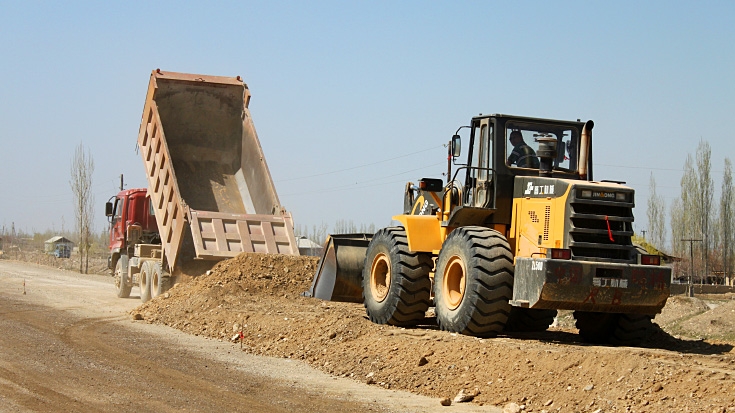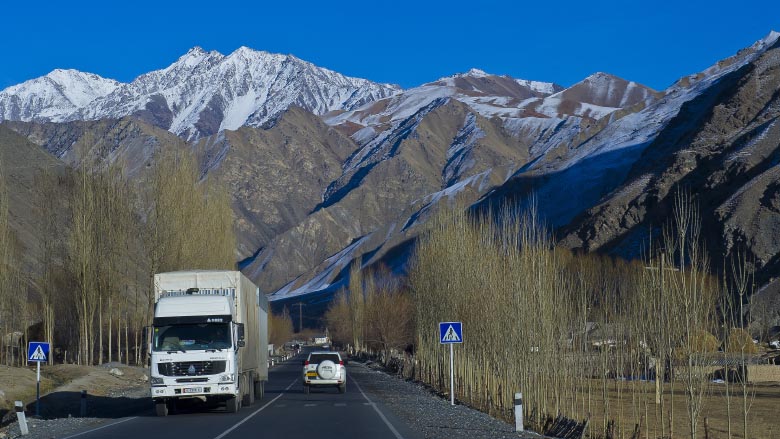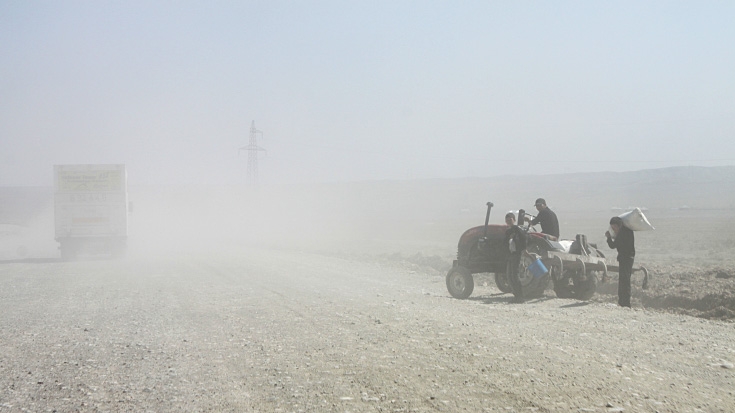Good roads do more than just connect places. Take the Osh-Batken-Isfana road in the Kyrgyz Republic, for example.
Rehabilitated with financial support from the World Bank, the road now helps people living in the region get to places easily, spur trade, and put key services and goods within arm’s reach, besides generating jobs, connecting families, and cutting dust pollution. The key objective of the project was to contribute to the reduction of transport costs and travel time along one of the six strategic land transportation routes of the country. The implementation of rehabilitation work along sections of the Osh-Batken-Isfana road corridor in the Kyrgyz Republic brought unprecedented changes for the better in socio-economic wellbeing of people residing along the rehabilitated road sections, says a study assessing the impacts of the works.
Bank support towards the rehabilitation of the Osh-Batken-Isfana corridor has resulted in several positive outcomes for people living along the road, including:
- a reduction of prices for agricultural inputs, such as fertilizers, seeds, pest control chemicals ;
- market accessibility and trade revitalization;
- market diversification and availability of key goods and services;
- new job opportunities;
- improved social connectivity, affordability and mobility.
Most critically, the rehabilitated road helps local agricultural production, cutting travel time to markets by almost half in several cases. Many farmers also enjoy significantly better access to agricultural machinery and seasonal labor.


